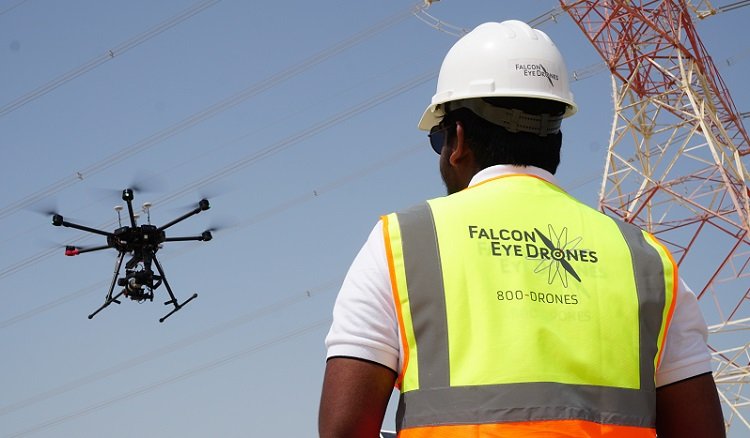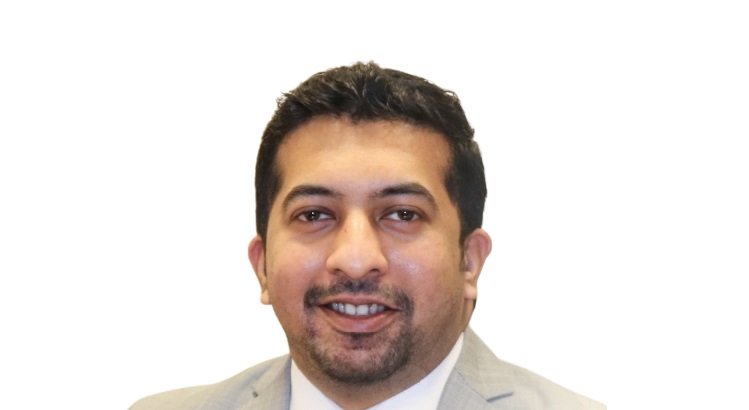
Drones or Unmanned Aircraft Systems (UAS) is the best example one can give for a technology that has great benefits and even greater challenges. Drones are said to be the future of public safety and security while public themselves are fearful of it in the present case scenario.
 The protection of public space is one of the top priorities of any government body. Many countries have already implemented drones into their safety and security departments. “Presently drones are being successful in many domains in regards with public safety. We have seen it in many countries using it for Firefighting, Law Enforcement and Rescue Services (Search & Rescue Operations),” says Anoop Oommen, IT Manager, Radisson Blu.
The protection of public space is one of the top priorities of any government body. Many countries have already implemented drones into their safety and security departments. “Presently drones are being successful in many domains in regards with public safety. We have seen it in many countries using it for Firefighting, Law Enforcement and Rescue Services (Search & Rescue Operations),” says Anoop Oommen, IT Manager, Radisson Blu.
UAS are becoming an asset to the public safety. “Public spaces are integral to humans as a society, we moved from desolate parts to come together and live in union just to feel that sense of community and safety. But, when this public space is threatened, it brings substantial psychological impact,” said Rabih Bou Rashid, CEO, Falcon Eye Drones (FEDS). This is where drones come to the rescue. “Drones are also much faster and efficient in gathering information, cutting down response time drastically. With the help of drones, the potential to save lives is great, they can be safely sent into dangerous situations- reducing the risk of human casualties,” added Rashid.
As the number of drones in our skies increases, the industry has faced concerns about safety. UAS are said to be safe to operate especially with operational intelligence (OI) technology to improve situational awareness in shared airspace. UAS has the potential to save lives from inspecting suspicious packages to helping a SWAT team decide how to proceed in the case of barricaded gunmen. Drones can be equipped with a myriad of different sensors that give an edge to first responders.

“A drone equipped with an infrared camera can produce excellent situational awareness of critical accidents. They can see through smoke, assess damage and alert the ground team on any hazards. This is on top of the mobility and visibility that drones provide, you can have a birds-eye view of the entire mission and fly the drone up close where humans cannot go. The drones’ applications in public safety are already being implemented throughout, just this New Year’s Eve, FEDS conducted a mission to monitor three high traffic areas for 12 hours.” said Rabih.
Furthermore, Oommen states that the key to all security events is the timely, efficient understanding of pertinent details and the communication and assignment of actions in response to the event. In these situations, drones have an unfair advantage; details of the event and assigned actions are uploaded directly via software to the drone for immediate deployment. “This gives them a jump on the start gun, versus a traditional incident response over a radio dispatch.”
FEDS strongly believe that UAS or drones are a proven tool for public safety now. As they become more integrated into safety operations, the uses will mature to be more sophisticated and address a broader spectrum of safety and security issues. We can expect a future where drones are dispatched automatically to the scene, dramatically cutting down response time and increasing mission success.
Anoop Oommen, IT Manager, Radisson BluBut with all these benefits one of the main concerns of public is the leak of data and terrorism. Terrorism is of course on the top of one’s mind. In development with commercial drones, terrorist organisations have developed, conducted and promoted weaponized drone attacks in conflict zones. Even one of the most infamous terrorist organisation has conducted a propaganda campaign that focused on its success in carrying out lethal UAS attacks. That is one of the main reasons for governments implementing strict laws for drone usage (to ensure the safety of its public).
Also, data leakage from drones is taken into regard seriously by almost all of the organisations. “Strong regulations are in place to protect each individual person and organisations’ privacy as a whole. In the case of a malicious attempt at trying to acquire data from a drone, we have fail-safes in place to combat this.” said Rabih. He further says “All our drones are protected by Advanced Encryption Standard 256. 256-bit is the largest encryption key size making them practically impossible to breach. As an additional safety measure, we also use multiple channels across different frequencies to transmit our data.
Together, this makes any attempt at obtaining our data by force challenging and basically impossible.” FEDS believe that it is a stigma surrounding that they (drones) are invaders of privacy and this couldn’t be further from the truth.
Although deploying of drones for public safety is still in the beginning stages, drones are becoming a prevalent technology used for it. Drones are lobbying for the potential of saving lives, preventing injuries and reducing economic damage by providing public safety organizations with the access to newest aerial safety technology.